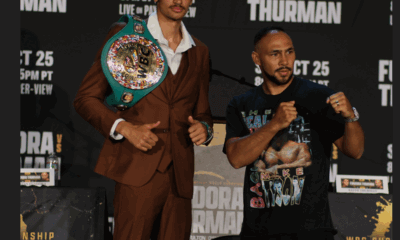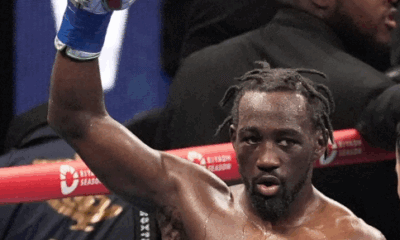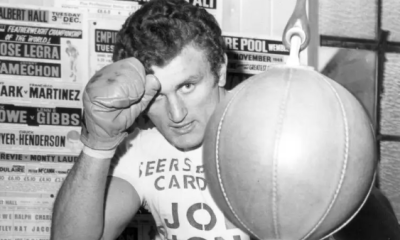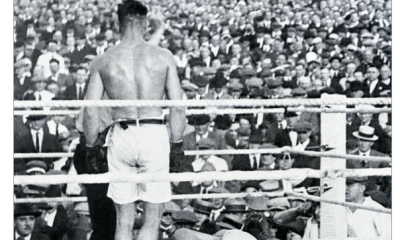Canada and USA
Boxing Fans are a Forgiving Lot; the Jack Johnson Illustration
overwhelming response was positive — you have to admit that there’s a certain irony in the fact that the most polarizing president in U.S. history saw fit to pardon the most polarizing sports personality.
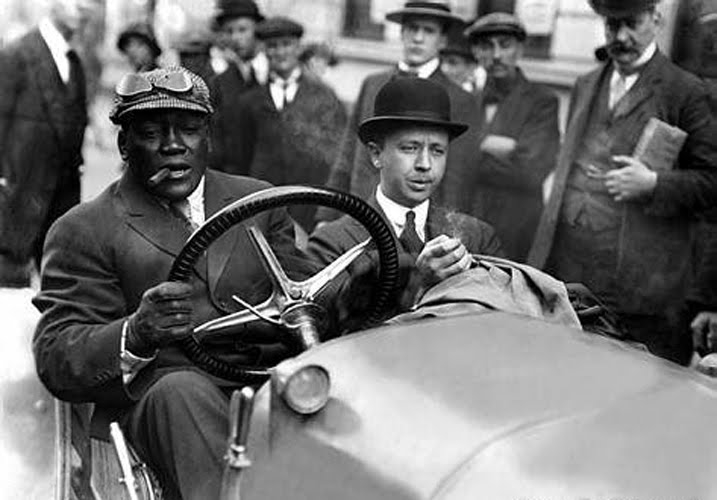
It’s old news now, but President Donald Trump posthumously pardoned Jack Johnson in a ceremony at the Oval Office on Thursday, May 24. Whether or not you agreed with it — and the overwhelming response was positive — you have to admit that there’s a certain irony in the fact that the most polarizing president in U.S. history saw fit to pardon the most polarizing sports personality.
Jack Johnson won the world heavyweight championship from Tommy Burns on Dec. 20, 1908, in Sydney, Australia. His title reign officially ended on April 5, 1915, when he was stopped by Jess Willard in the 26th round of a 45-round fight at a racetrack on the outskirts of Havana. Johnson died on June 10, 1946, in a one-car accident near Raleigh, North Carolina.
Johnson lived large. He had an affinity for fast cars and fast women. Antipathy toward him intensified in the fall of of 1912 when it was made known that he was being investigated by the U.S. Department of Justice for abducting a 19-year-old white woman from Minneapolis for “immoral purposes,” a woman that he would shortly marry (preventing the authorities from putting her back on the witness stand; as his wife, she could not be compelled to testify against him).
At this juncture in his life, Johnson was so reviled that it was a miracle that he wasn’t assassinated. Some tried. On Oct. 19, 1912, as Johnson was leaving a bank in downtown Chicago, a man leaning from a window on the tenth floor of an office building dropped a large inkwell which narrowly missed him. That same month, a group of people in Montana, of all places, started a collection to have Johnson lynched. The money was to be sent to a group of vigilantes in Louisiana who apparently specialized in this sort of thing.
Johnson wasn’t only reviled by white folks. Many people of color considered him an embarrassment, if only in their official pronouncements. In Washington, DC, a group of prominent African-Americans released a formal statement denouncing him. “At a meeting of several hundred negroes here tonight, resolutions were adopted declaring Jack Johnson, the negro pugilist, a disgrace to his race and an outcast, now and forever more,” said an Associated Press story datelined Oct. 22, 1912.
This statement probably deserves an asterisk. Twenty-eight months earlier, when Johnson made the first defense of his title against former champion Jim Jeffries in Reno in the “Fight of the Century,” African-American men of all social classes were assuredly rooting for him. Conversely, white America was almost universally against him, the exceptions being Johnson’s close friends (most of his close friends were white) and those that seized the opportunity to win an easy bet.
Yes, the racial divide was wide, a great chasm, but there is something about men exchanging punches that stirs up tribal loyalties.
The case against Jack Johnson for violating the Mann Act dragged on until June of 1913 when all-white jury returned a verdict of guilty and the presiding judge sentenced him to a year in prison. While the case was on appeal, Johnson fled the country with his young wife in tow, spending the next seven years in Europe, South America, and Mexico. He eventually tired of being a fugitive and arranged to turn himself in. On July 20, 1920, he walked across the border at Tijuana into the waiting arms of U.S. marshals. Newsreel photographers had been alerted and were there to capture the moment.
Johnson served his sentence at the federal penitentiary at Leavenworth, Kansas, and for once in his life he got lucky. One of the higher-ups in the federal prison system was Denver Dickerson who was formerly the Governor of Nevada, having served in that post when Johnson fought Jeffries in 1910. According to Johnson, Dickerson had won a large bet on him and showed his gratitude by making sure that Johnson had a steady supply of fine Cuban cigars during his 10-month stay and allowing him to dine apart from the regular prison population, eating food prepared by his personal chef. Even in confinement, Jack Johnson lived large.
One of the titles of one of Thomas Hauser’s many boxing books is “An Unforgiving Sport.” The sport may be unforgiving, but boxing fans are the most forgiving fans in the world. Muhammad Ali was polarizing too, a man who in his early days as a title-holder was loathed by a large segment of the population. Late in his career, his hollow performance against Larry Holmes provoked more derision. But Ali would eventually be venerated by the very people that once vilified him.
The same thing has happened with Mike Tyson. There was a time when the prevailing sentiment was that Tyson was a monster who should be locked away in a cage, but as he slid into middle age he became less threatening; he lost his swagger. And for many people he became a symbol of their lost youth. Who are all those people beseeching him for a selfie? Are they not the same people that once cursed him?
It happened too with Jack Johnson. In his post-prison life, Johnson toured the country making personal appearances, often in the company of a foil with whom he boxed an exhibition. At each stop he was warmly greeted. Here’s an excerpt from an old Las Vegas newspaper regarding Jackson’s appearance in that Nevada city for an event taking place the next day, July 3, 1931: “Johnson was followed around the streets yesterday just the same as if he still held the title. Jack’s smile thrilled the children and old folks alike as they clamored to shake hands with him.”
I don’t mean to gloss over Jack Johnson’s tribulations or absolve those that by word or deed tried to dehumanize him. As a man who would not be hemmed in, he roamed across a landscape pot-holed with indignities for men of his color and he did so to the very end of his mortal life. Whatever he was paid for his personal appearances, he would have made substantially more if he were white. But it’s nice to know that after being showered with so much abuse by ringsiders during his prime fighting years, he was welcomed like a long lost friend when those days were long behind him, his exhibitions at public appearances marked by friendly banter with the audience.
Boxing fans are a forgiving lot and Amen to that.
Check out more boxing news on video at The Boxing Channel
-
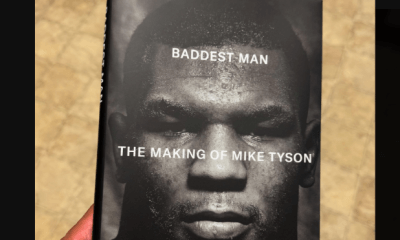
 Book Review4 weeks ago
Book Review4 weeks agoMark Kriegel’s New Book About Mike Tyson is a Must-Read
-
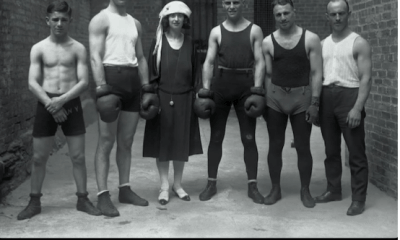
 Featured Articles3 weeks ago
Featured Articles3 weeks agoThe Hauser Report: Debunking Two Myths and Other Notes
-
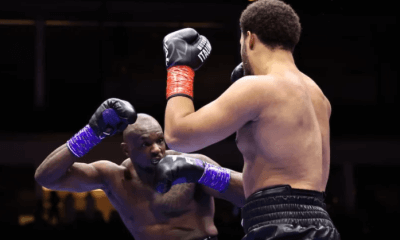
 Featured Articles3 weeks ago
Featured Articles3 weeks agoMoses Itauma Continues his Rapid Rise; Steamrolls Dillian Whyte in Riyadh
-
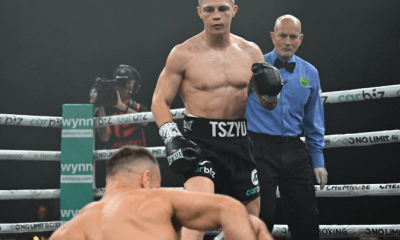
 Featured Articles3 weeks ago
Featured Articles3 weeks agoNikita Tszyu and Australia’s Short-Lived Boxing Renaissance
-
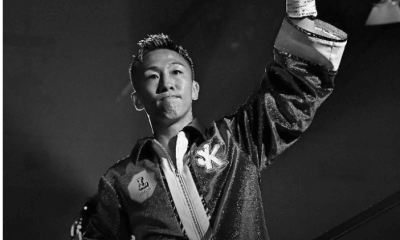
 Featured Articles4 weeks ago
Featured Articles4 weeks agoKotari and Urakawa – Two Fatalities on the Same Card in Japan: Boxing’s Darkest Day
-

 Featured Articles3 weeks ago
Featured Articles3 weeks agoIs Moses Itauma the Next Mike Tyson?
-

 Featured Articles2 weeks ago
Featured Articles2 weeks agoBoxing Odds and Ends: Paul vs ‘Tank,’ Big Trouble for Marselles Brown and More
-

 Featured Articles3 weeks ago
Featured Articles3 weeks agoAvila Perspective, Chap. 340: MVP in Orlando This Weekend


